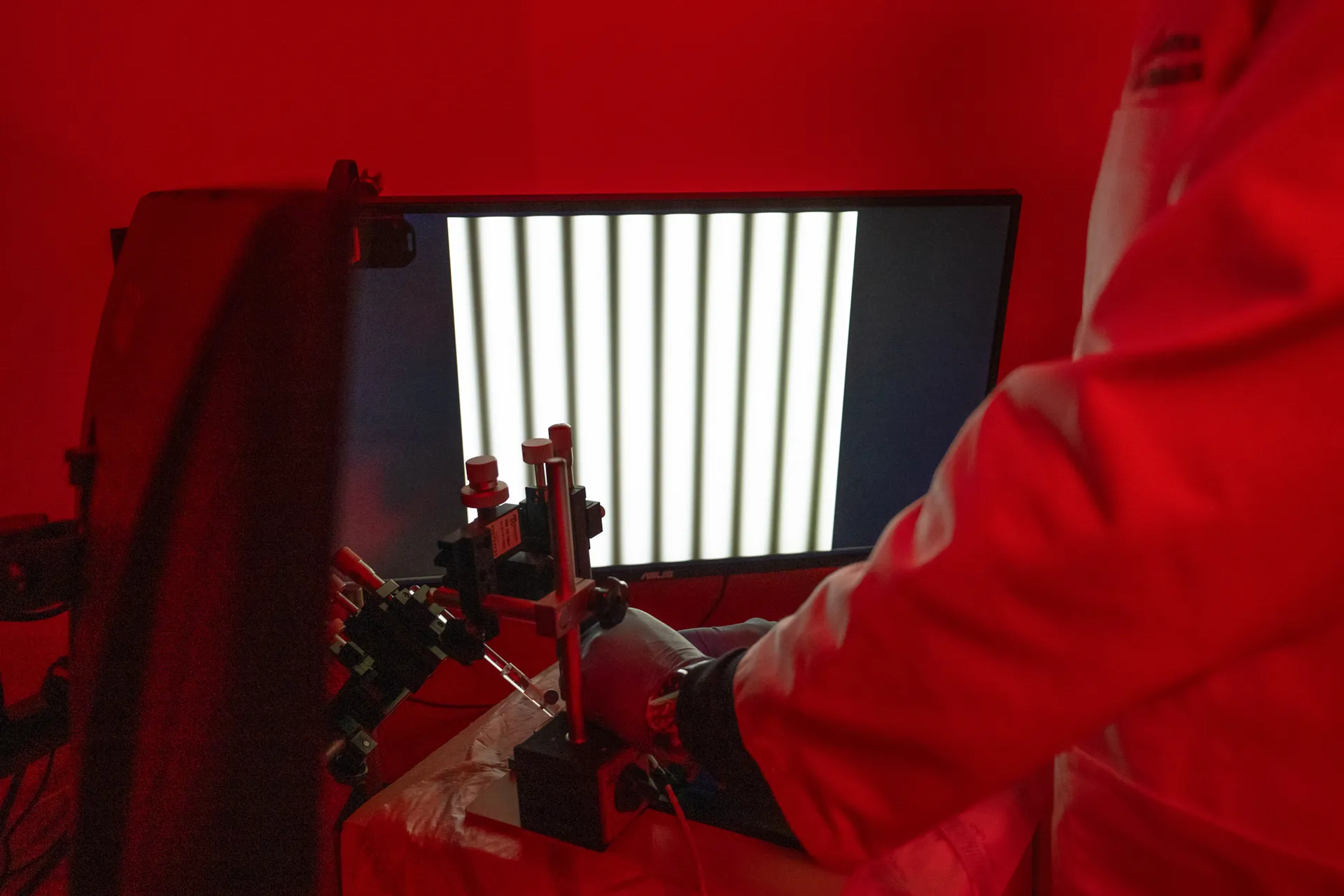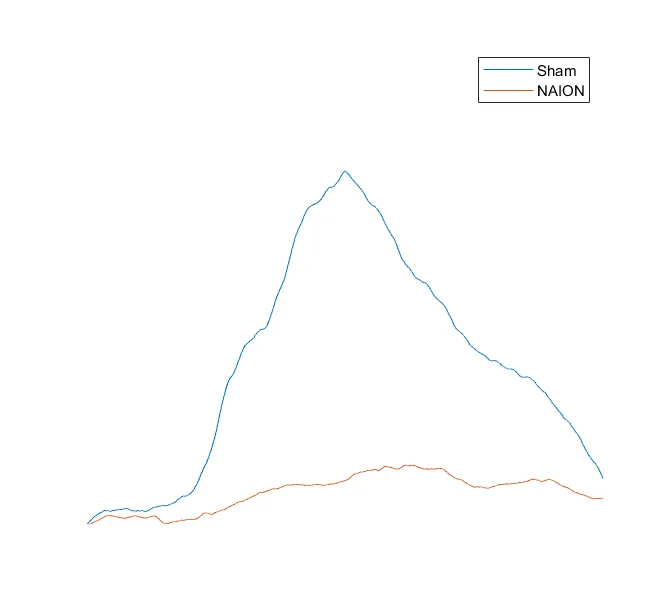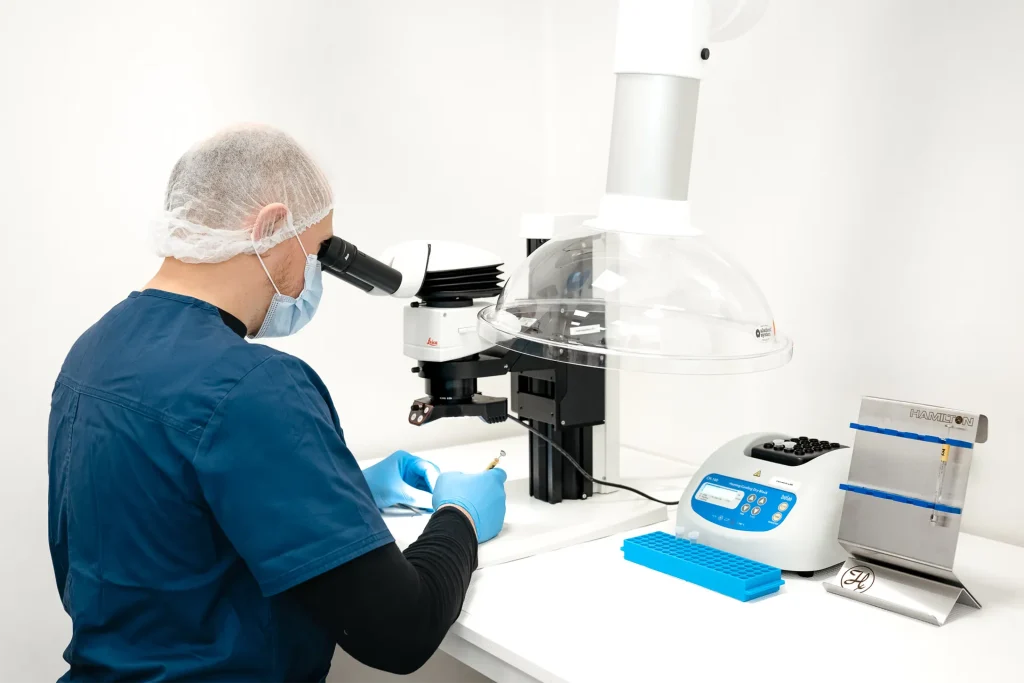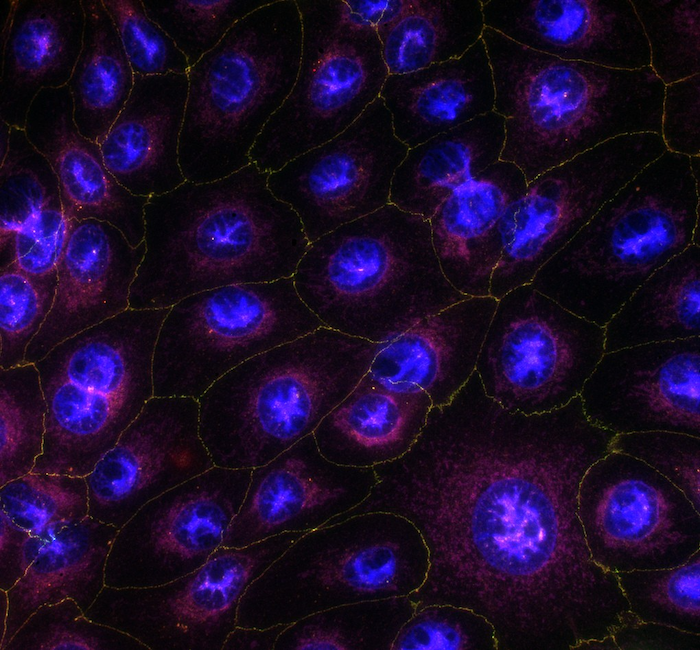Our expertise
Visual Evoked Potentials
Visual Evoked Potentials (VEP) are a reliable measure used to assess the functional integrity of visual pathways from the retina up to and including the visual cortex, both in clinical diagnostics and in animal models. Visually evoked potentials are electrical responses evoked by specific visual stimuli that are recorded from the occipital cortex, both invasively and non-invasively. It is an effective tool for the detection and monitoring of visual pathway function in animal models of various eye diseases, including glaucoma and optic neuropathies.


Technical details
Mouse and rat
Evaluation of functional integrity of visual pathways
Non-invasive and invasive
– Flash VEP (fVEP)
– Pattern VEP (pVEP)
We are here to help
Whether you have a question about our preclinical models, capabilities, pricing or anything else, our team is ready to answer all your inquiries.
Related services
Microbead-Induced Glaucoma
A well-established glaucoma model simulating chronic IOP elevation and enabling assessment of optic nerve damage and neuroprotective therapies.
Learn moreExperimental Autoimmune Encephalomyelitis
Experimental Autoimmune Encephalomyelitis model mimics multiple sclerosis and associated optic neuritis, featuring CNS inflammation, demyelination, and visual impairment.
Learn moreBlue Light Damage-Induced Retinal Degeneration
The blue light-induced retinal damage model is used for studying phototoxicity-induced retinal degeneration, and is particularly relevant for conditions such as AMD.
Learn moreCheck out our latest news and activities
All News






